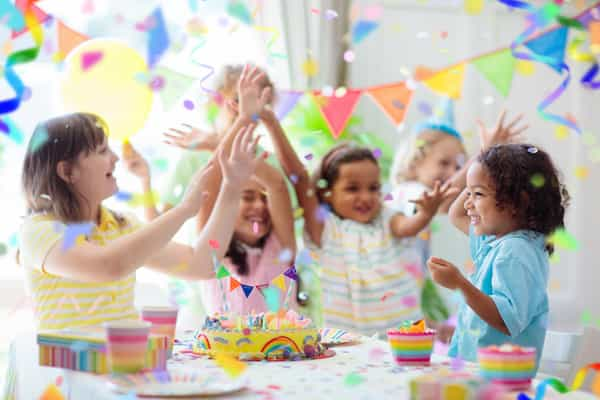
No one is born hating another person because of the color of his skin, or his background, or his religion. People must learn to hate, and if they can learn to hate, they can be taught to love, for love comes more naturally to the human heart than its opposite.”
- Nelson Mandela
Children are not pre-wired with their beliefs, morals, or values. It's important to keep in mind that the formation of bias — an unfair tendency to believe that some people, ideas, or perspectives are better than others — is not ingrained, nor is the understanding of differences. Both must be taught to take root and develop.
Human development is the dynamic interaction of biology and experience. Given the plasticity of the early developing brain, it is the context and daily experiences that help shape and inform the architecture of the brain. It’s these daily experiences within the context of responsive relationships that provide us with the opportunity to help establish our children’s foundation for understanding, accepting, and embracing difference.
 By starting from the earliest age, we can show children that everyone is different in some way and difference is a part of life. Everyone has things that make them unique — be it skin color, hair texture, body shape, gender, temperament, religious beliefs, ethnic or cultural background, and more.
By starting from the earliest age, we can show children that everyone is different in some way and difference is a part of life. Everyone has things that make them unique — be it skin color, hair texture, body shape, gender, temperament, religious beliefs, ethnic or cultural background, and more.
But we all have one thing in common – our emotions — the key connector that unites us all. In fact, emotions are everyone’s first, universal language. Parents, educators, and caregivers are vital in teaching children that noticing differences is normal. Children must be taught that differences are something to be celebrated, not something to fear, mock, run away from, or even hate.
How do we do this? In addition to modeling an appreciation for individual differences through our own attitudes, emotions, behaviors, and body language, storytelling is a great way to teach children about the importance of celebrating differences.
When I wrote, Theo’s Deliciously Different Dumplings, I did so to address diversity and inclusivity in an engaging, fun, and age-appropriate way. Reading the book with children provides the opportunity to see the main character, Theo, struggle with being bullied in school for the different and unfamiliar ‘dumplings’ he has for lunch.
However, before we as adults can help our children build their emotional and social muscles around diversity we must first examine our own beliefs. Children are emotional detectives, watching and absorbing our actions, perceived feelings, and hearing our words and tone of voice. These observations shape how children view themselves and others, how they experience differences, and how they interact with their community.
The following tips can help you guide children toward appreciating differences:

Model positive behaviors and attitudes. Discuss differences openly to promote conversations about race, ethnicity, religion, abilities, physical appearance, and family background. Explain differences in your family’s culture, physical features, personality, and experiences, and relate them to how wonderful it is to be different and unique. Those differences are what makes you . . . YOU!
Celebrate diversity by exposing children to books, cultures, traditions, and activities where they can explore, learn about, and meet people of different backgrounds and experiences. Exploring, discussing, and celebrating these differences helps us all embrace them as part of our lives.
Listen and respond appropriately to children’s questions about differences. Address unacceptable language or behavior and use it as an opportunity for discussion. Ask questions such as, “What was it about that person that made you feel that way?” and provide explanations to correct assumptions about differences.
By helping children begin to understand the importance of listening to others and appreciating and welcoming diversity, we will help foster a global society that promotes peace and unity.
For additional tips and resources related to bullying read here.
Housman Institute, LLC
831 Beacon Street, Suite 407
Newton, MA 02459
info@housmaninstitute.org
(508)379-3012
Explore
Our Products
Legal
Connect
Contact
Join our Mailing List!
Subscribe to receive our newsletter, latest blogs, and SEL resources.
We respect and value your privacy.
No Comments Yet
Let us know what you think